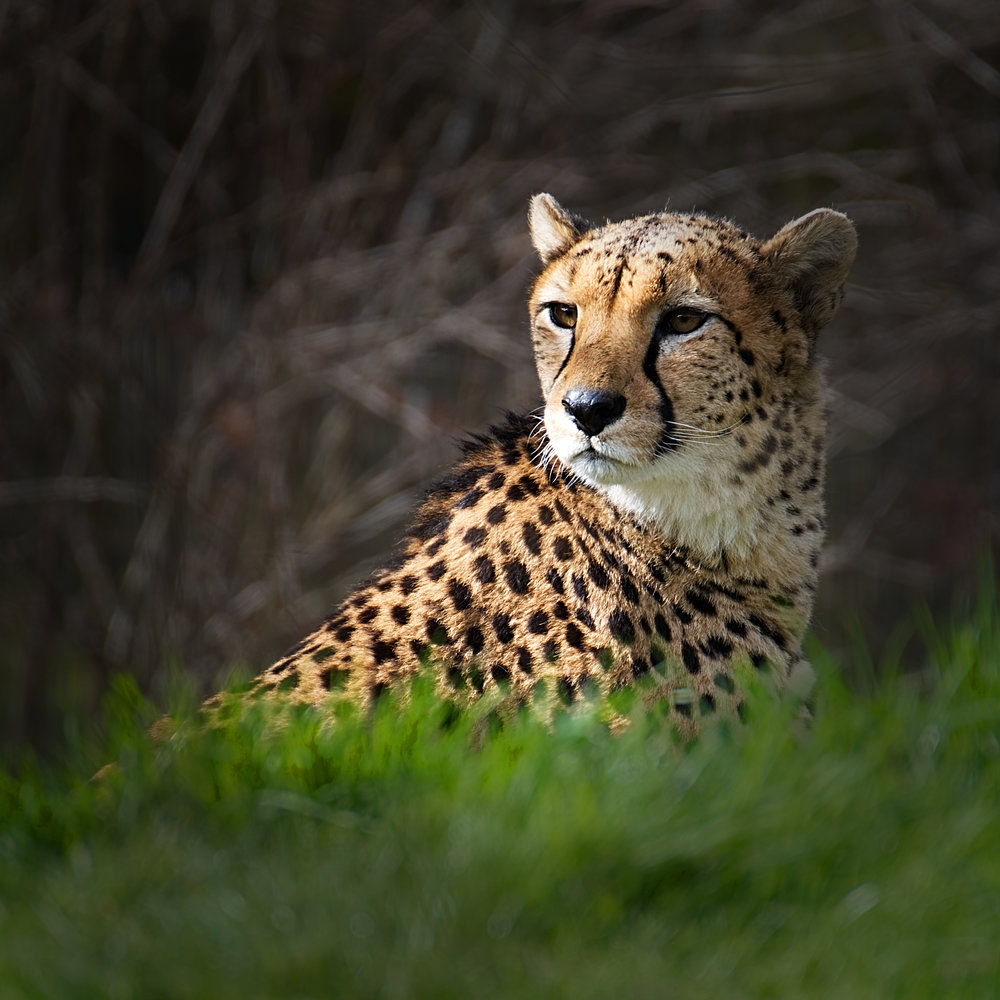
As a new contributor to Macfilos, I introduce myself as an enthusiastic amateur photographer belonging to a local photographic club in the North West of England. The club is a source of photographic inspiration, good friendship and fierce competitive struggles in the league and annual competitions.
My photographic interests are primarily in nature and wildlife photography and also in event and action shooting. I still also believe I might one day make the grade in landscape, portrait and street photography which means that hope springs eternal in the photographic breast.
As the bearer of a famous photographic name, I have lost count of the number of times I have been asked about my camera and what was it like photographing Jean Shrimpton. My real come-uppance however came at the club when the organiser of one of our external competitions came up to me and asked if I would care to submit some images for the next inter-club competition. I was initially flattered and collected my best images together for the event.
Sadly I was later somewhat deflated to discover that his main interest had been in getting my name on the list of entrants for the evening. The aim was to frighten the opposition rather than pay any shred of homage to my efforts.
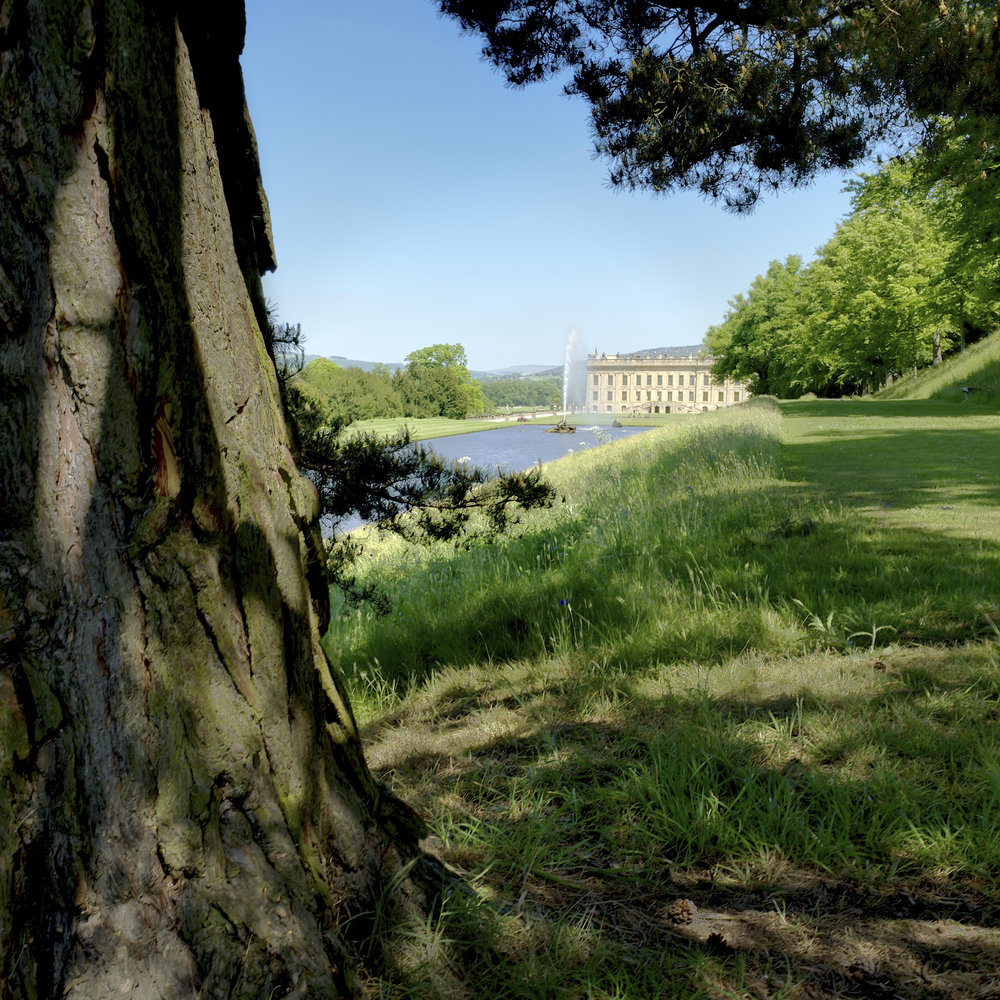
DSLR to mirrorless
My digital camera experience started with a Nikon D80 and the ubiquitous 18-200mm kit lens but after poor experience with both the camera and Nikon’s inability to update software (Capture NX) I traded this in for Canon gear. Until the end of 2015, I was a Canon Full Frame Sherpa, lugging around my 5D Mark II and 6D Mark I with appropriate full frame lenses. including the 16-35mm f/4 and the 70-200mm f/2.8. All of this is undeniably excellent kit which served me very well.
At the time I had absolutely no plan to move away from the Canon environment but I did feel a nagging need for a smaller but capable additional camera to take with me on all occasions. After some research, in early 2016, I acquired the Fuji XT-10 with the 23mm f/1.4 lens. What a revelation it turned out to be. During 2016, I progressively sold both my Canon cameras and all the lenses in order to acquire the Fuji XT-2, plus battery grip, the 100-400mm f/4.5-5.6 and the 16mm f/1.4 lenses. I also upgraded from the XT-10 to the XT-20 when the new model appeared.
Weight, the obstacle
Many other photographers have described why they made the conversion to Fuji gear and found it so exciting. Like them I was finding the weight of my full-frame kit an obstacle in the path of my taking images. And there is no denying I was attracted to the merits of the Fuji. Direct external dials for all major exposure control functions are indeed a great attraction and extremely useful. I was captivated by the seductive charms of the excellent wysiwyg electronic viewfinder display which facilitates creative options right up to the point of image capture. Finally, there is the realisation of the merits of Fuji “film” styles which are not surpassed nor even equalled by other brands.
In fact, my primary reason for being so delighted with the Fuji experience is that the combination of all these aspects makes composition easier. This is the part of photography which I find most challenging and difficult; it can of course be the difference between a technically competent image and a competition winner.
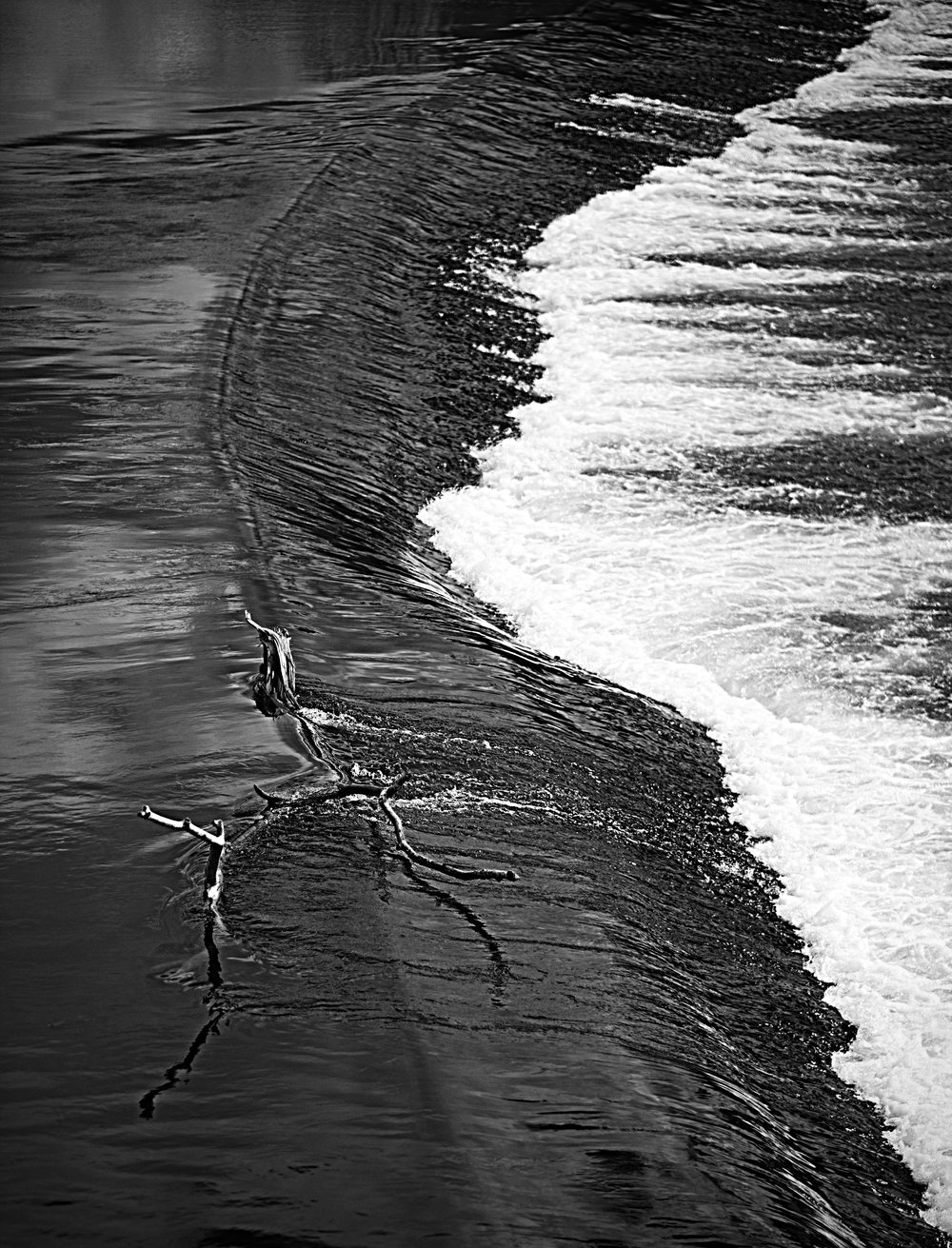
Blank canvas
What do I mean by making composition easier? I should like to approach the answer to this via a diversion into art. By “art” I am here talking of an artist using a brush, pigments and a canvas. Bear with me, if you will.
A traditional artist faced with a blank canvas meets an even more complex compositional challenge than a photographer: Nothing will appear in the painting unless the artist uses his/her brush upon the canvas. Whatever the subject — landscape, portrait or abstract — the artist has to choose what subject to paint and the way he will paint it. You might say that painting with a brush is all about deciding what is to be included within the frame of the canvas.
At the same time, the artist has to master his/her technique and materials in order to capture the precise lighting he/she wishes to achieve in the finished painting. Turning base pigment into a representation of a person or a landscape (to give two examples only) which possess a life and give off a light of their own is the alchemy of art.
In contrast, the creative process in photography is more rooted in what objects or elements to exclude from the frame of the image. Of course, the photographer is faced with a similar challenge as an artist in deciding exactly what his/her subject is and just how to portray it for the best.
Light
As well as the artist, the photographer is also critically interested in light and its effect upon the subject. When taking the image of the Jaguar at Chester Zoo, I was not hopeful of success since my experience has been that the animals are often out of sight or are in poor light and perpetual motion. I was lucky that this animal popped its head over the hill in soft early morning sun and sat motionless for me. On the other hand, the lighting for the image of the girl and her horse was taken in the harshness of the midday sun. A further problem was that from my position in the crowd the lighting was not ideal on either girl or horse at the position where they had stopped in the ring. I like the image, though, as a portrayal of the bond between them. I cropped in tight to emphasise that even more.
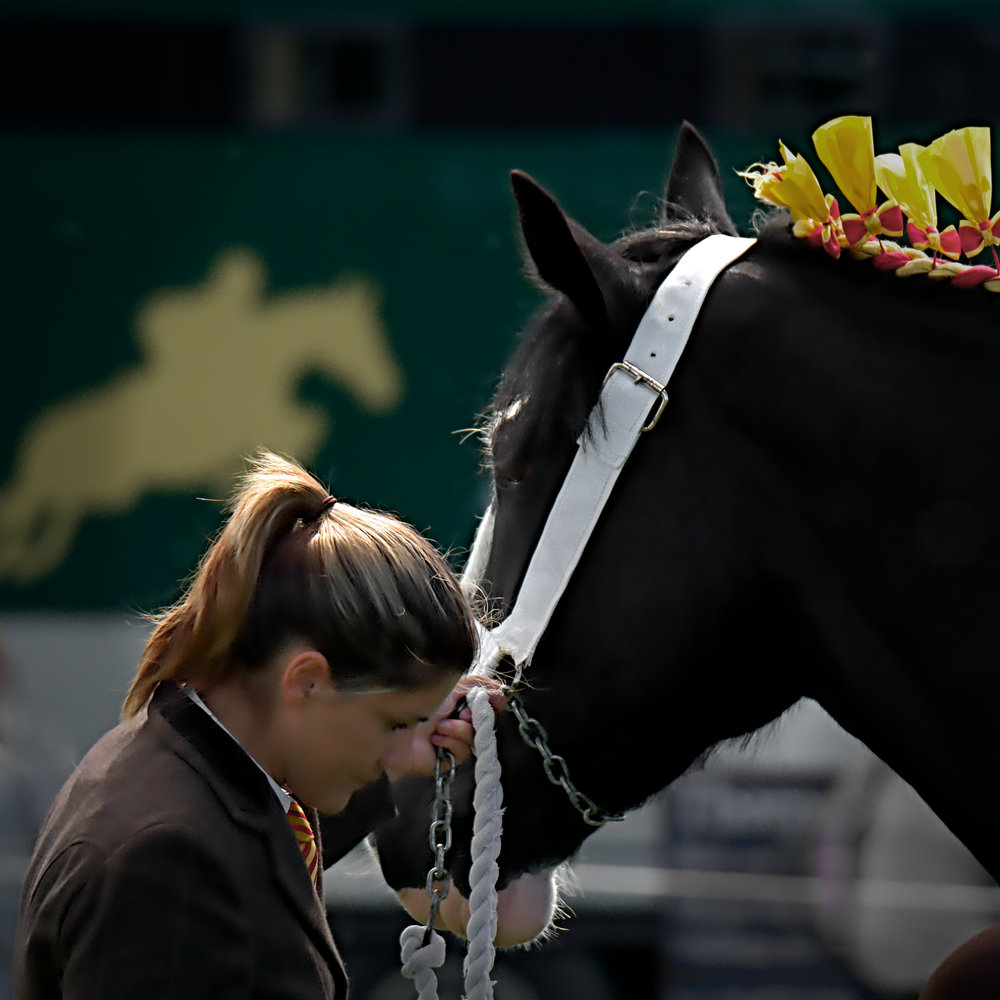
The photographer is however generally able to vary the interpretation of light within his image rather more flexibly and easily than the artist. Amidst the similarities and differences between artists and photographers, the end product of their labours has finally to meet the same test of pleasing or not pleasing the critical eye of the viewer or judge.
I find it exciting to use my Fuji cameras because they make these compositional aspects of photography easier. The electronic finder gives feedback from the environment and camera controls in a way quite outside the capability of my previous DSLR cameras. For example, exposure compensation was an intellectual exercise on my Canons whereas on a Fuji camera it is a matter of choosing the precise degree of compensation I wish to see applied through the viewfinder.
Truism
It is of course a truism that great photographers can take iconic images with any camera. It would be nice to be in that league. I do however believe that good composition in images comes from the mind and the eye correctly analysing the elements of the subject, including lighting, and then making appropriate creative choices including aperture, shutter speed, iso, exposure compensation. I find that making these choices is more easy with Fuji than it used to be with Canon. It’s more fun as well. Of course I understand that there are many other mirrorless camera brands offering a range of advantages but I only have experience with Fuji.
A final thought. Fuji are noteworthy for the frequent updates to their firmware which enhance their cameras with new and improved features. This in marked contrast to many other brands and is one of the most compelling reasons to choose Fuji. In my mind, this is exactly in line with the creative process of taking images. There is no perfect image but there is a steady incremental progress towards the taking of better images. In my opinion, Fuji cameras and, of course their excellent lenses, assist in this process far more effectively than the DSLRs I used to lug around. That’s the Fuji magic in my eye.
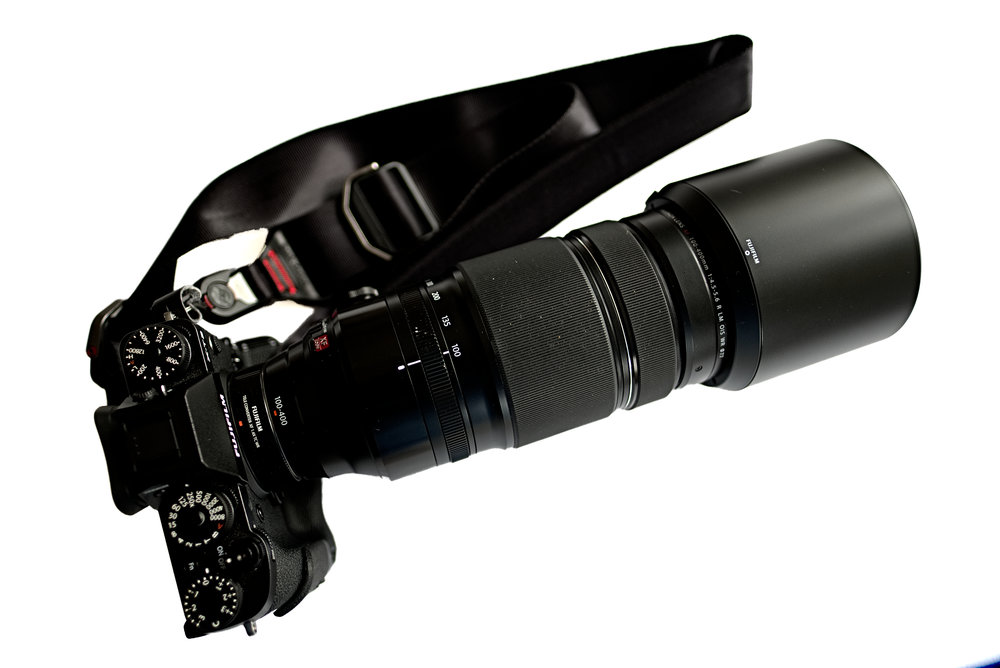
________________

Thanks to all for the support and comments.
Pete and Björn
Chester Zoo has both Jaguars and Cheetahs but you are right that this one is a Cheetah. My apologies for a schoolboy error!
William,
Really like your Dublin Zoo images which are very expressive of the different animal characters. Just want to confirm I didn’t mistake your lovely lion or the snow leopard for a Jaguar!
I shall keep a closer eye on Leica articles from now on.
Best wishes
David
All best wishes,
David
Is this the start of a slippery path? All this being exposed to Leicaistas such as William and me. It’s catching, you know.
Yes, its a cheetah, not a jaguar. Switched from Nikon to Fuji for same reasons above
Ah I’ll have to defer to David on that one. I thought it was next Door’s tabby cat. But it is pretty.
Very beautiful pictures of the cheetah at the top.
I also used a canon 5dmkll before switching to Fuji.
Take care.
Björn
Another expierence shared, thank you for article and pics, look forward for more!
Welcome David. I am a member of a camera club in Dublin, but I am largely a ‘pavilion’ member at this stage. The competition scene is now organised by federations (equivalent of RPS in UK) with a great similarity in the content helped, in no small part, by the training of judges by the federations. Also along with the judging, magazines and digital manufacturers have encouraged cliches like the milky water ‘Big Stopper’ shots etc. The clubs do a good job, however, in teaching camera techniques to people who have bought a fancy digital camera and want to get the most out of it. They are also a good social scene for those that want this, but I have noticed a big turnover in really active members with just a small coterie of long standing members. Years ago I used to happily compete at club competitions for cups , medals and certificates. My main outlet for my photography nowadays is doing various articles (with a wide range of topics) for this site and also for publication in the magazines of the Leica societies in the UK and the US. I also compete with others (including Mike) in a small monthly online competition circle run by the UK Leica Society. This suits the present stage of my photographic life much better than monthly leagues in a camera club.
Like yourself, I was a Nikon user for many years when I switched to Leica. I am mainly a Leica user now, but having sold most of my Nikon gear, I was looking around for a lighter system that would replace Nikon for the kind of thing that I used to do occasionally with my Nikon gear, such as wildlife and sports. What attracted me to Fujifilm was the traditional layout (like ‘real’ cameras) and the excellent EVF. I have an X-PRO 2 and an X-T1 and a range of lenses from the 16mm f1.4 up to the 50-140mm f2.8 (plus TC) and I find them to be excellent in every way. I have grown really fond of the ‘film effect’ possibilities with Fujifilm cameras in Lightroom. If you search this site for ‘Dublin Zoo’ you will find an article which I did earlier this year using Fuji gear for the illustrations.
The point you make about seeing the effects of exposure compensation in the EVF is one that is not really pushed enough by the manufacturers. This is aided by the design and positioning of the Fujifilm exposure compensation dials, something I have often praised on this site. No camera is perfect, but Fujifilm handling is as close to perfect as I have seen on any modern camera.
Best of luck with the Fujifilm articles.
William